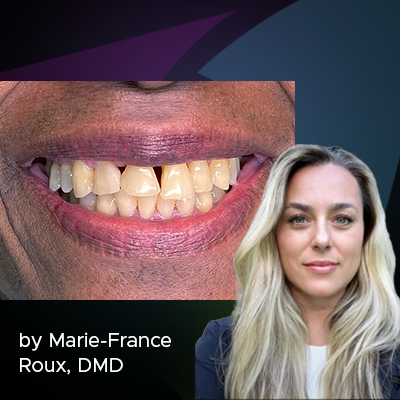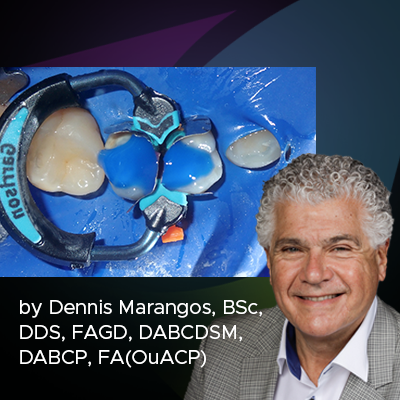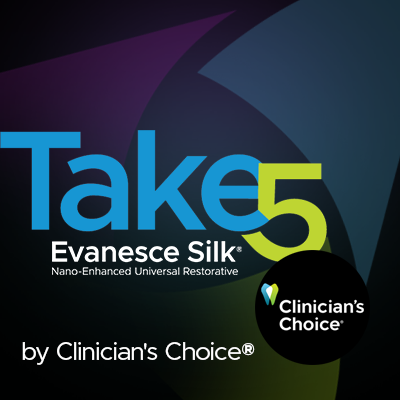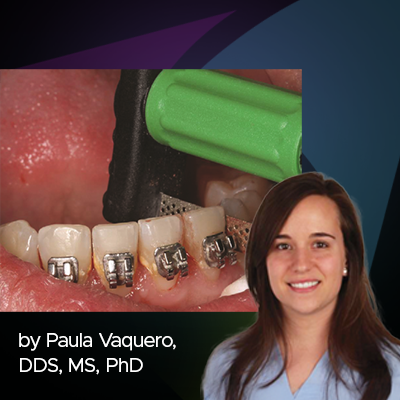
Q&A: Ask The Expert: Interview with Bob Margeas on Electric Handpieces
What year did you start using electric handpieces and why did you make the change from air-driven?
I started using electric handpieces in 1995 after reading about them in dental journals. I also read that 90% of European dentists were using electric handpieces versus only 10% in the United States. I had read about the many advantages with electrics and wanted to try the technology. I purchased my first electric handpiece from Bien-Air that year at the Chicago Midwinter meeting.
What advantages do you feel electric handpieces have over air–driven handpieces?
The advantages are many, including: speed control gives me a lot of procedure versatility, consistent torque regardless of speed or pressure applied when cutting preparations, and cutting efficiency is significantly better with an electric handpiece. You can cut a crown prep much faster than with air.
Is there anything an air-driven handpiece is better for compared to an electric handpiece?
No, not that I can think of in clinical practice. Air-driven handpieces might be less expensive, however the benefits of electric handpieces far outweigh any cost difference in my opinion.
Why would some dentists be apprehensive about switching to an electric handpiece?
Most dentists were taught using air-driven handpieces, and some may be concerned about weight as electric handpieces are a little heavier. I don’t find the weight to be an issue for me, but there is a short learning curve to overcome. The weight on the Bien-Air handpiece is different than some other electric handpieces; the Bien-Air handpiece is more ergonomic and I’ve never felt hand fatigue although I know some dentists are concerned about this. I believe once a dentist tries an electric and sees the cutting efficiency, they would never go back to air.
How long is the learning curve to become comfortable using an electric handpiece?
It doesn’t take long to become comfortable with an electric handpiece - maybe a few procedures or a day of practice at the most. Getting used to the weight, feeling the torque without the handpiece stalling out and the overall cutting efficiency doesn’t take long. With air-driven, cutting off a crown takes time and generates heat and often I experienced the handpiece stalling out. With my Bien-Air electric handpiece, it cuts like butter; the cutting efficiency is very noticeable right away.
Clinically, what are the three or four things you like best about your Bien-Air electric handpiece system?
With an electric handpiece, you need fewer attachments. With my Bien-Air, I can do all my restorative work from cutting crowns, refining margins to texturizing composite surface and polishing, all with one attachment. You can also do surgery, implant placement and endodontics with the addition of some converters for latch-type polishers or files; the speed control is a real advantage. Another key advantage is the speed of which I can cut a prep and the control I have - you do not have to push as hard with an electric handpiece due the consistent torque. With air-driven you feel more resistance when cutting, so cutting off crowns is much more efficient and the ability to slow the handpiece down for margin refinement or to texturize my composite restorations, and, I can’t overstate this feature, being able to adjust speed without switching attachments improves my clinical efficiency and results.
Bien-Air says you can reduce or eliminate the amount of water used when cutting, without creating heat. Have you found this to be the case?
I do all my margin refinements dry and I don’t experience heat generation - but I prefer to use water when cutting a crown prep. Being able to reduce the water with my electric handpiece could reduce the production of aerosols which I feel is an advantage these days.
Have you used other brands of electric handpieces? How does Bien-Air compare?
I’ve had two or three other brands of electric handpieces but I am most comfortable with Bien-Air. I feel the bearings last longer and certainly more than air-driven. I like the weight and texture of the Bien-Air handpiece and the size of the head is smaller than some others. I feel any electric handpiece is better than air-driven in my hands, and I’ve been using Bien-air electric handpieces in my practice for many years. I couldn't imagine switching back to air.
For those considering a Bien-Air handpiece, can you comment on the return on investment your colleagues might see?
I think the ROI is significant because I am much more efficient. If I am more efficient, I have more time to do more procedures. I feel I've also had less breakdown and maintenance costs compared to air-driven and it's quieter for the patient.
About the Author

Bob Margeas, DDS
Dr. Margeas graduated from the University of Iowa College of Dentistry in 1986 and completed his AEGD residency the following year. He is currently an adjunct professor in the department of Operative Dentistry at the University of Iowa. He is Board Certified by the American Board of Operative Dentistry. He is a Diplomate of the American Board of Aesthetic Dentistry, a Fellow of the Academy of General Dentistry, American Society for Dental Aesthetics and International Team of Oral implantologists (ITI). He has written numerous articles on esthetic and implant dentistry, and lectures and presents hands-on courses nationally and internationally on those subjects. He is currently the Editor in Chief of Inside Dentistry, on the Editorial Board of Compendium, and is a contributing editor to Oral Health in Canada. His memberships include OKU Honor Dental Society, American Academy of Esthetic Dentistry, and the American Academy of Restorative Dentistry. Dr. Margeas maintains a full-time private practice focusing on comprehensive restorative and implant dentistry in Des Moines, Iowa.
Discover More
This article was originally published in the Clinical Life™ magazine: Winter 2021 edition
Clinical Life™ magazine is a premier periodical publication by Clinical Research Dental Supplies & Services Inc. Discover compelling clinical cases from Canadian and US dental professionals, cutting-edge techniques, product insights, and continuing education events.
Subscribe to our emails to receive articles like this and be notified about our exclusive promotions.




